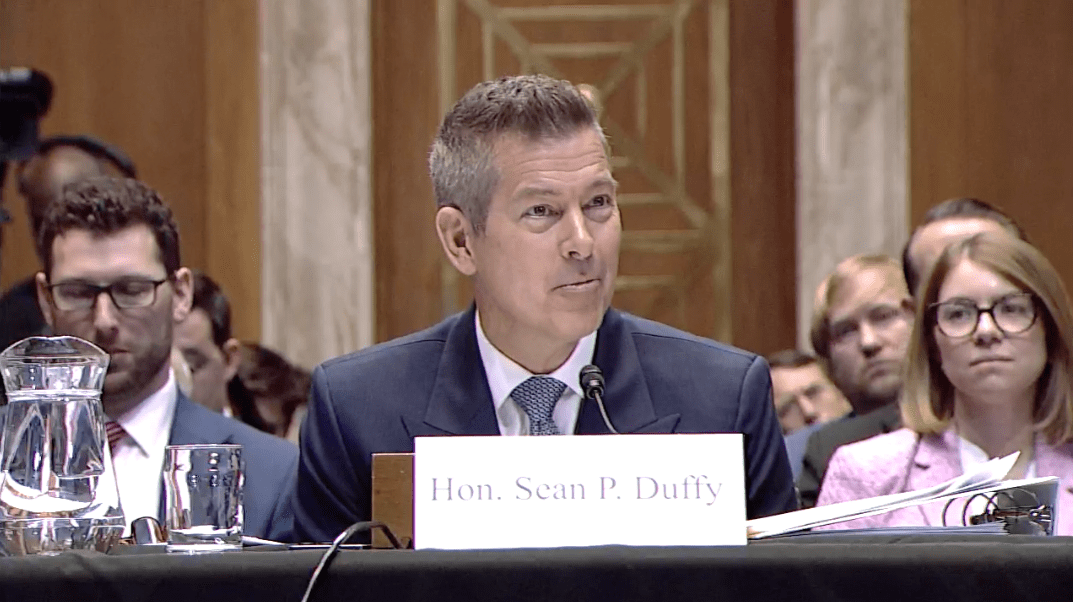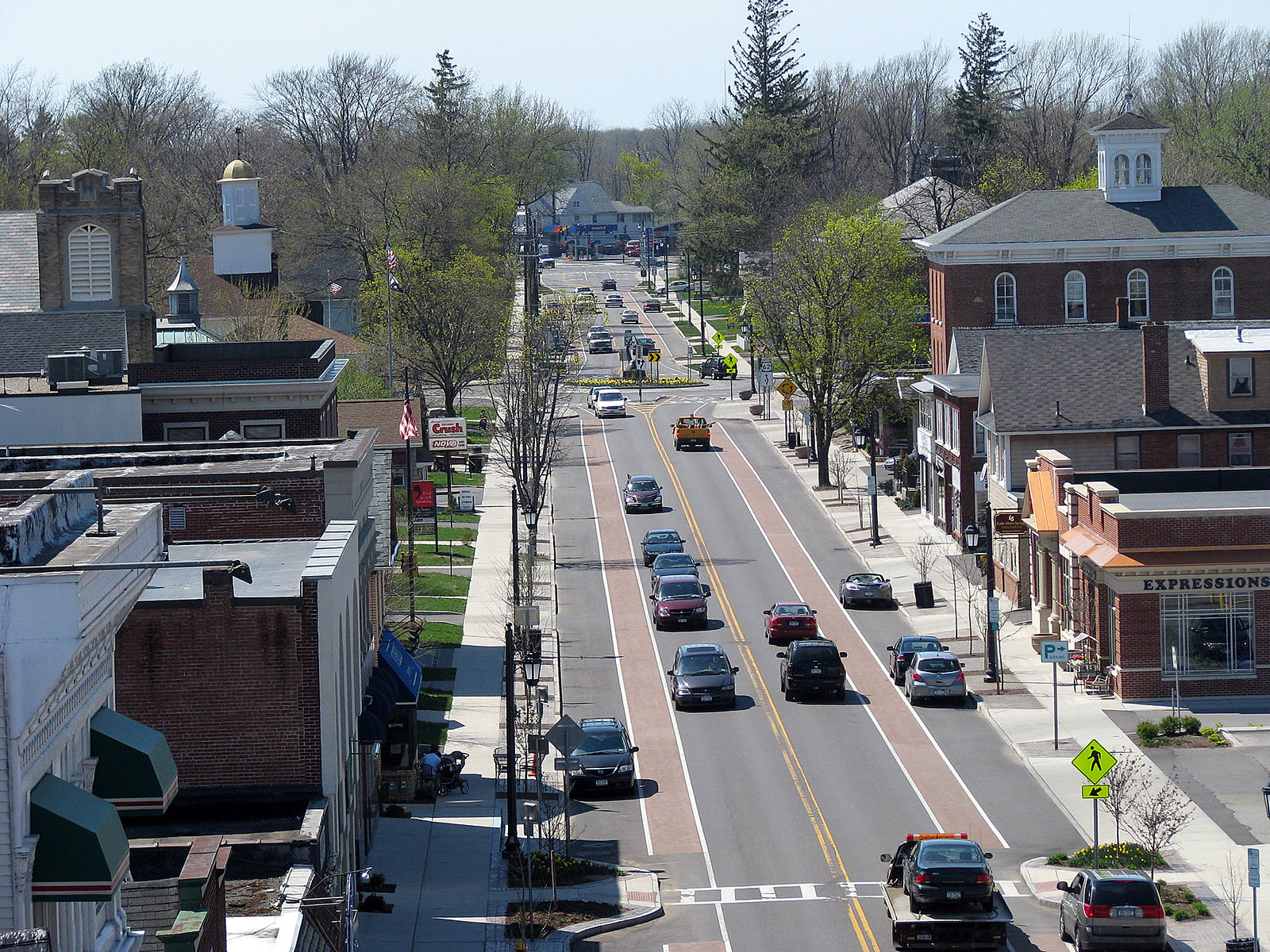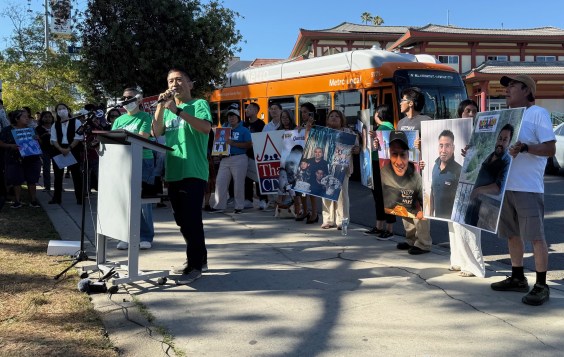
One of the most oft-repeated slams against congestion pricing we heard at this week's Congestion Mitigation Committee hearings is that congestion pricing would be a "regressive tax," an unfair burden to poorer New Yorkers.
Is congestion pricing regressive? The data suggests otherwise.
As the chart above shows, even in Brooklyn Council member Lew Fidler's heavily auto-dependent district, households with a car earn more than twice the income than households without. Meanwhile, only 5.3% of workers living in Fidler's distrit drive to work in Manhattan south of 86th Street (unfortunately, Fidler is probably one of them). Fact sheets for Richard Brodsky, Vivian Cook, Denny Farrell, Jeffrey Dinowitz and other congestion pricing opponents' districts are equally revealing and very much worth a download. Cook, for example, represents a Queens district where only 3.5% of workers drive into the proposed charging zone for work.
In testimony before the Traffic Congestion Mitigation Commission, the Tri-State Transportation Campaign argued the point. From this week's Mobilizing the Region:
Some anti-pricing politicians seem tohave dressed up for Halloween as populists defending “working stiffs”from a “regressive tax” on driving. But an analysis of Census data byTSTC and the Pratt Center for Community Development shows that, in all but one State Assembly district in NYC, vehicle-owning households are 50% wealthier than households without a vehicle; in nearly half of districts, average income is twice as high.
Furthermore, only a small minority of commuters drive alone to theproposed congestion pricing zone (CPZ); this is true not only inManhattan but in the outer boroughs and the surrounding suburbancounties. For example, only 5.1% of workers from Rockland County drivealone to the proposed CPZ. In Westchester, 3.4% of workers drive aloneto the CPZ. In Nassau and Suffolk Counties, the percentages are evenlower.
Fact sheets containing abreakdown of commuting patterns by mode and destination, vehicleownership statistics, and the average incomes of vehicle-owninghouseholds and non-vehicle-owning households are available online. The fact sheets cover counties and City Council, stateAssembly, state Senate, and U.S. Congressional districts in the NewYork metropolitan area.





